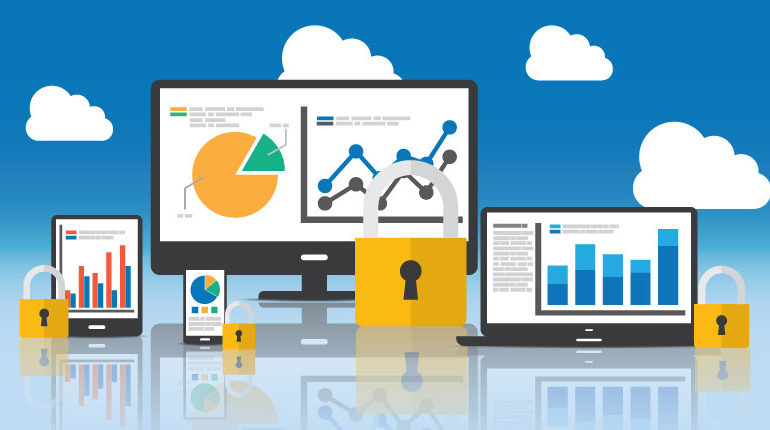Data loss disasters encompass a wide range of events, from natural calamities to cyberattacks to simple human mistakes. Such disasters can have a severe impact on businesses, leading to operational disruptions, financial losses, damaged reputation, and even legal consequences due to the loss of valuable data.
To mitigate these risks, it is imperative for businesses of all sizes to establish a Business Continuity and Disaster Recovery (BCDR) plan. By implementing a robust BCDR strategy, you can ensure a swift recovery and restoration of your business in the event of a disaster, while also meeting governmental and industry regulatory requirements.
In this article, we will explore the different types of data loss disasters and highlight the key components of a BCDR plan that can effectively navigate you through such disruptive events.
The many forms data loss can take
Various forms of data loss disasters can impact your business. These include:
Natural disasters
Events such as storms (including electrical), floods, fires, hurricanes, and (to a lesser extent in our area) tsunamis and volcano eruptions can cause infrastructural damages, power failures, and mechanical failures, leading to data loss.
Hardware and software failure
Disruptions in software and hardware, whether caused by bugs, glitches, configuration errors, component failures, or outdated technology, can result in data loss if appropriate BCDR measures are not in place.
Unforeseen circumstances
Data loss can occur due to incidents not easily predicted. For example, a portable hard disk may be stolen, a water leak in the server room due to plumbing issues, or a pest infestation in a data center.
The human factor
Human errors contribute significantly to data loss incidents. These errors range from accidental file deletions, overwriting existing files, and naming convention mistakes to forget to save or back up data or damaging storage devices.
Cyberthreats
Malware, ransomware, viruses, and unauthorized access by malicious insiders pose significant risks to data security. Such attacks can corrupt and render data and backups irrecoverable.
Key components of BCDR
To build a robust BCDR strategy, consider the following key components:
Risk assessment
Identify potential risks and threats that could impact your business operations. Quantify and measure these risks to effectively address them.
Business impact analysis (BIA)
Assess the potential consequences of a disruptive event on critical business functions and prioritize them in your recovery plan.
Continuity planning
Develop procedures and protocols to resume critical business operations with minimal downtime during a disruption.
Disaster recovery planning
Create a well-defined plan to recover critical IT functions and data following a disruptive incident.
Testing and maintenance
Regularly test your disaster recovery and backup plans to ensure they can be successfully executed during a real disaster. Identify any weaknesses or gaps and make necessary enhancements.
Wondering where to begin?
Embarking on the journey of developing and implementing a BCDR plan may seem daunting. However, we are here to assist you in building the right BCDR strategy tailored to your business requirements. Feel free to contact us today to initiate the process.






